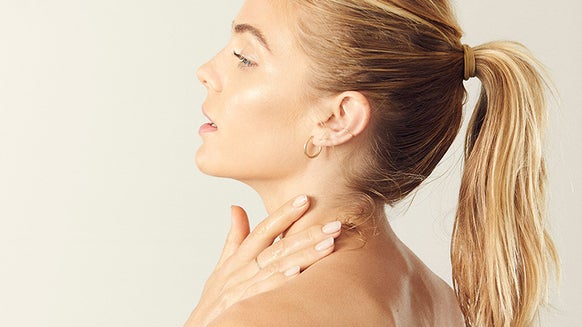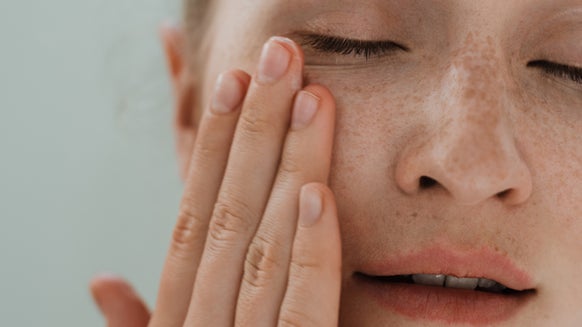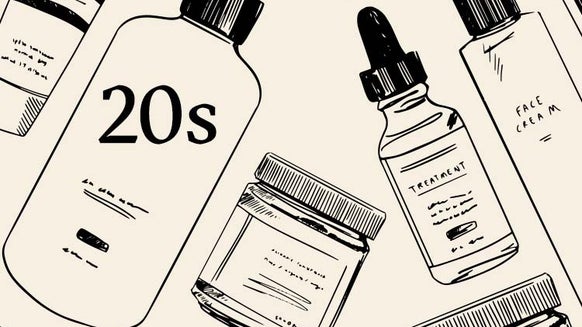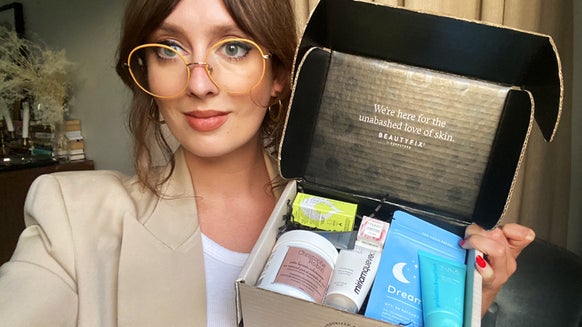6 Different Types of Sunscreens You Need to Consider Using
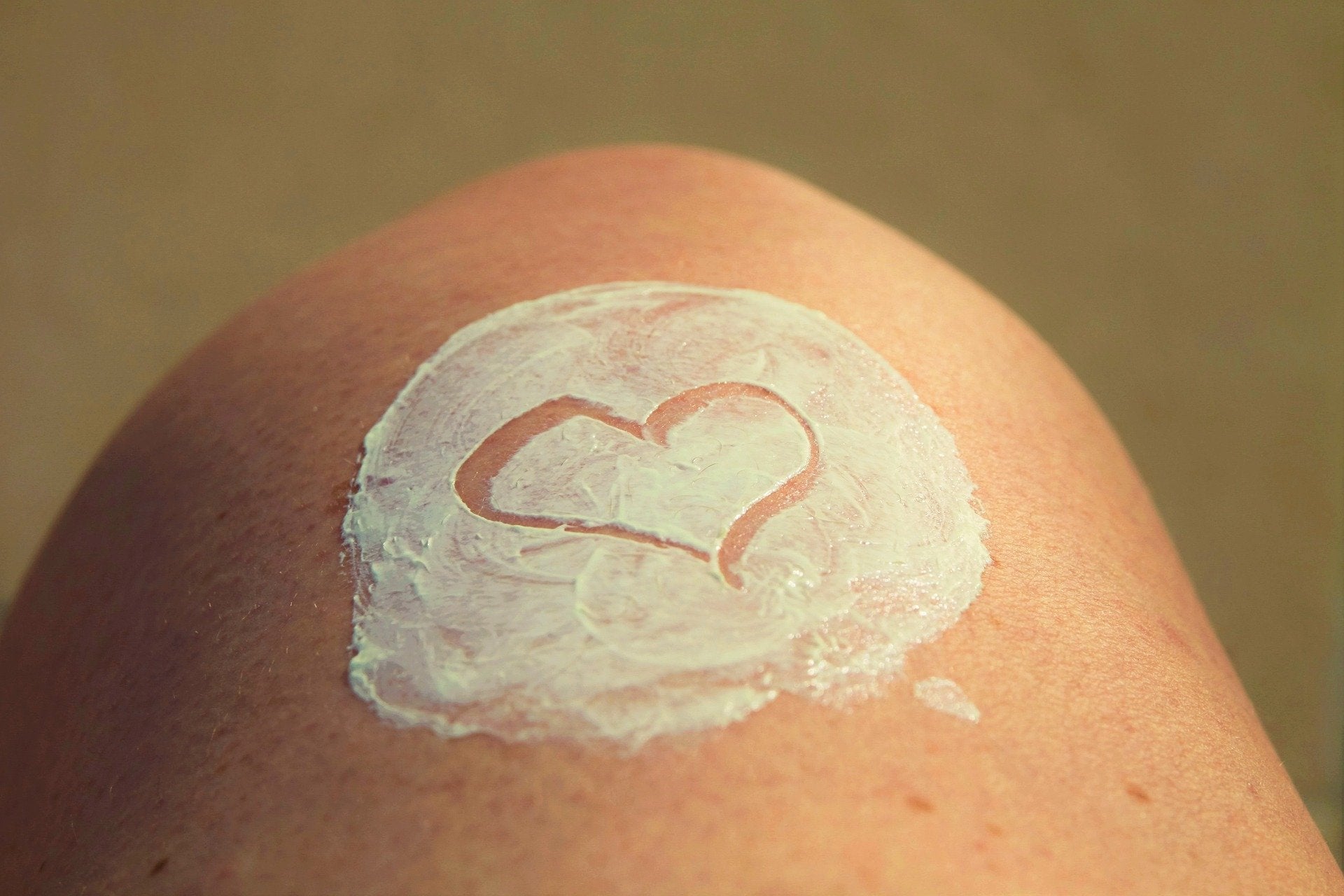
Skincare isn’t relegated to specific times of the year, nor is sunscreen. While some people think sunscreen is only essential to wear during the summer or while on vacation in a tropical or sunny destination, truth be told, you should wear sunscreen every day of the year regardless of the weather. Making sunscreen a part of your daily skincare routine will protect the health and appearance of your skin.
Finding that just-right sunscreen that caters to your skin can be tricky. There’s SPF (sun protection factor, which means how long your skin is protected from the sun with sunscreen) to consider (it should always be 30 or higher), ingredients to be mindful of, whether a formulation s broad-spectrum or not (broad-spectrum sunscreens are preferable since they shield against both UVA and UVB rays) and even additives like fragrances and dyes that can irritate and inflame more sensitive and reactive skin types.
Wearing sunscreen is always a better route than wearing none at all. At the end of the day, there are plenty of decisions to make when it comes to the different types of sunscreens you need to consider.
Face Sunscreen
Face sunscreen is a must in the fight against aging. Without adequate sun protection, the skin on the face can fall victim to sun damage, premature aging and even skin cancer.
No matter which product you choose, wearing a face sunscreen with an SPF of 30 or higher is recommended by the American Academy of Dermatology. Anything less may not provide sufficient protection. All face sunscreen formulations should be broad-spectrum formulas, meaning they defend against UVA and UVB rays. And if you’re in the water or have plans to sweat, make sure your sunscreen is water-resistant.
To reap the benefits of face sunscreen, apply about two fingers length worth of sunscreen to clean skin in the morning 20 minutes before heading outdoors. Then, and then reapply it as needed. If you’re out in the sun, reapplication is necessary every two hours (most people don’t do this) to get the full effects of the product like protection against cancer-causing UV rays and premature aging, which can cause wrinkles and fine lines, blotchy skin, pigment and texture issues.
While some people think that makeup with sunscreen provides ample protection, it's best to layer a face sunscreen underneath the makeup. Often, makeup with SPF doesn't contain enough sunscreen to shield the skin enough—you'd have to use far more makeup than you probably wear to reap any benefit. Tinted sunscreens, such as Epionce Daily Shield Lotion Tinted SPF 50 and Avene High Protection Tinted Compact SPF 50, add a light wash of color to the skin that mimics the effect of face makeup without having to wear it.
For facial skin that veers on the sensitive side or easily breaks out, stick with mineral sunscreens rather than chemical ones. That's because mineral sunscreen (also known as physical sunscreens) such as SkinCeuticals Sheer Physical UV Defense SPF 50 Mineral Sunscreen creates a barrier between the skin and UV rays, whereas chemical sunscreens rely on chemicals to absorb the UV rays. While both are effective on the face, mineral sunscreens are less irritating to more sensitive skin types.
In terms of texture, how face sunscreen lays on your skin can make all the difference in melding with your makeup and appearing sheer versus thick and cakey. Lightweight formulations leave behind next-to-no residue and little to no white cast. Oily and acne-prone skin types should consider light lotions, clear gels or powder formulations, such as Colorescience Sunforgettable® Total Protection™ Sheer Matte Sunscreen Brush SPF 30, to wear on the face. Drier skin may need a creamier, richer face sunscreen that resembles a traditional face cream for added hydration (look for formulations with hydrating ingredients like hyaluronic acid).
Body Sunscreen
The skin on the body is thicker than the skin on the face, which means that the sunscreen you use should be specific to it. Protecting the skin from the neck down (and the neck up) is critical to deflect UV rays' harmful and damaging effects.
Today's body sunscreens are light and comfortable enough to wear daily without leaving behind residue that sticks to your clothes or greasy-feeling skin while still providing ample UV protection to prevent skin issues like discoloration, inflammation and fine lines and wrinkles, which can happen on the skin on the body too, and not just the face.
Even if you aren't spending the day beachside, it's still necessary to protect all body parts that receive sun exposure from the sun. To do so, choose a high-quality sunscreen with an SPF of at least 30. You'll want to apply a shot glass-sized amount of the cream or lotion to body parts like the chest, arms, hands and legs. If you're spending time outdoors or in the water, it's essential to reapply the same amount of water-resistant sunscreen to the same areas and others exposed to the sun every two hours.
Body sunscreen in both lotions and spray formulas is effective as a defense, and choosing between the two comes down to personal preference. Spray sunscreens like Supergoop!® PLAY Antioxidant Body Mist SPF 50 with Vitamin C are good for a quick, on-the-go application that doesn't require the product to be rubbed into the skin. Plus, some spray body sunscreens can give the skin a pretty yet sheer glow. On the other hand, lotion sunscreens such as COOLA Classic Body Organic Sunscreen Lotion SPF 50 are suitable for a base layer of protection and areas where a spray version may be harder to apply, like in between the finger.
Both physical and chemical sunscreens are suitable for body formulations, but you will want to consider your skin type. Physical sunscreens are often more suitable if your skin is easily irritated or sensitive.
Lip Sunscreen
Even though most of us forget to protect our lips, their thin, delicate skin is equally susceptible to sunburns, sun damage, sunspots and fine lines and wrinkles as the skin on the face and body. That’s why it’s critical to protect the lips from the sun with a good lip balm that contains a hefty dose of protective sunscreen of at least SPF 15, but SPF 30 is always ideal. Most of us swipe on lip balm continually when the weather is hot, as a means to help hydrate the lips and surrounding skin, so you might as well put your best efforts to good use and use one that contains sunscreen with zinc oxide or titanium dioxide.
Lip sunscreen that uses physical blockers such as zinc is often recommended on this part of the face since they're less likely to cause skin reactions or irritate or burn the lips. Many lip sunscreens like EltaMD UV Lip Balm BroadSpectrum SPF 36 also contain moisturizing ingredients like aloe, shea butter, glycerin, or hyaluronic acid to prevent chapped and split lips and keep them soft and cushiony. And other lip sunscreens are lightly tinted, such as jane iredale LipDrink Lip Balm and MDSolarSciences Hydrating Sheer Lip Balm SPF30, for a natural wash of color on the lips, making for the perfect summer-stained looking lips.
Your lip sunscreen doesn’t need to be glossy to be protective. But if a shiny lip is more your speed, try a lip balm or gloss that gives a glossy finish or even a lip oil with sun-protecting capabilities such as COOLA Classic Liplux Organic Hydrating Lip Oil Sunscreen SPF 30.
Just like wearing sunscreen on the face or the body, when it comes to wearing it on the lips, reapplication is a must—at least every two hours—especially if you’re eating or drinking while getting sun.
Mineral Sunscreen
Not all sunscreens are the same: they are either mineral- or chemical-based. Mineral sunscreens protect the skin from UV rays by blocking them so that the light reflects off the skin. Most mineral sunscreens rely on naturally-occurring minerals such as titanium dioxide and zinc oxide, which are noncomedogenic and less inflammatory than other sunscreen ingredients, for sun protection.
Sunscreens that use minerals rather than chemicals tend to be less irritating to the skin, making mineral sunscreen, like La Roche-Posay Anthelios Ultra Light Fluid Face Sunscreen Broad Spectrum SPF 60, a more fitting option for sensitive, acne-prone skin or easily irritated skin.
Like all other types of sunscreen, you'll want to apply mineral sunscreen to clean skin on the face and body and reapply as needed throughout the day. Look for mineral sunscreens with an SPF of at least 30 and broad-spectrum formulas to defend against UVA and UVB rays, such as Jan Marini Physical Protectant Broad Spectrum SPF 45. Both face and body sunscreens are readily available in mineral formulations. However, some mineral sunscreens contain chemical filters, which isn't problematic unless you are strictly looking for 100% mineral sunscreen. The easiest way to determine if a mineral sunscreen is, in fact, truly all mineral-based is by reading its label and looking for zinc oxide and titanium dioxide.
Mineral sunscreens are available in various textures and formulations, including lotions, creams and powders. But some can be relatively thick and leave a white cast on the skin, which is especially evident on darker skin tones, so swatch the sunscreen before applying it everywhere. Mineral powder sunscreens are an easy way to reapply sunscreen midday without messing up your makeup. But, for as much good as mineral sunscreens offer, some are not water-resistant and may need more protection when swimming or sweating, so always check the label.
Tinted Sunscreen
If you're looking for adequate sun protection but want to cover up imperfections and even out your skin's tone without resorting to makeup, consider a tinted sunscreen, which is quickly gaining popularity. Tinted sunscreen, like HydroPeptide Solar Defense Tinted SPF 30, is unique because it gives the skin a healthy glow and can even hydrate and brighten it while reducing redness and inflammation. Most tinted sunscreens are made just for the face, but there are versions for the body, too.
Tinted sunscreens such as EltaMD UV Clear Broad-Spectrum SPF 46 – Tinted often contain iron oxides, which gives the formulation a pigmented finish. But beyond the added color, iron oxide also safeguards the skin against blue light damage for extra protection, but reapplication is still a must.
While tinted sunscreens can give the skin a blurring effect so that it appears more even, it's necessary to know that this type of sunscreen is not makeup, although you can use it in place of it. To prevent clogged pores, use an oil-free, non-comedogenic tinted sunscreen free of oils and silicone. https://www.dermstore.com/c/spf/tinted-sunscreen/
Chemical Sunscreen
Chemical sunscreens use specific UV ray filters like oxybenzone, avobenzone, octisalate, octocrylene, homosalate, and octinoxate that allow UV rays to be absorbed as heat within the skin. Although chemical sunscreens are often more sheer than their mineral counterparts, making them more compatible with darker skin tones, they do have the potential to be more irritating to sensitive and acne- and rosacea-prone skin. Since chemical sunscreen is less likely to settle into fine lines, creases and wrinkles, some people with more mature skin prefer wearing it.
No matter if you choose a chemical sunscreen in a gel, a lotion, cream or spray-on formulation, like Soleil Toujours Clean Conscious Antioxidant Sunscreen Mist SPF 30, they often feel more lightweight on the skin, making the overall experience more pleasurable. Chemical sunscreens do a good job of shielding the skin from harmful UVA and UVB rays as long as the product is a broad-spectrum sunscreen. Naturally, to make the most of a chemical sunscreen, the SPF should always be at least 30 and reapplied every two hours, especially before and after coming into contact with water.
The Takeaway
Choosing between the myriad of sunscreens can feel confusing, but finding a sunscreen that you like, feels good on your skin, and you'll use is the best kind of sunscreen there is. If protecting the health and integrity of your skin from the sun's harmful rays is priority number one, then wearing sunscreen day in and day out, from head to toe, regardless of the season, should be a habit. No matter the type of sunscreen you favor, it's important to remember to apply it on every square inch of sun-exposed skin to keep your skin looking and feeling its best

From the latest hair and makeup trends to the best solutions for your skin issues, we've got all your beauty concerns covered!


